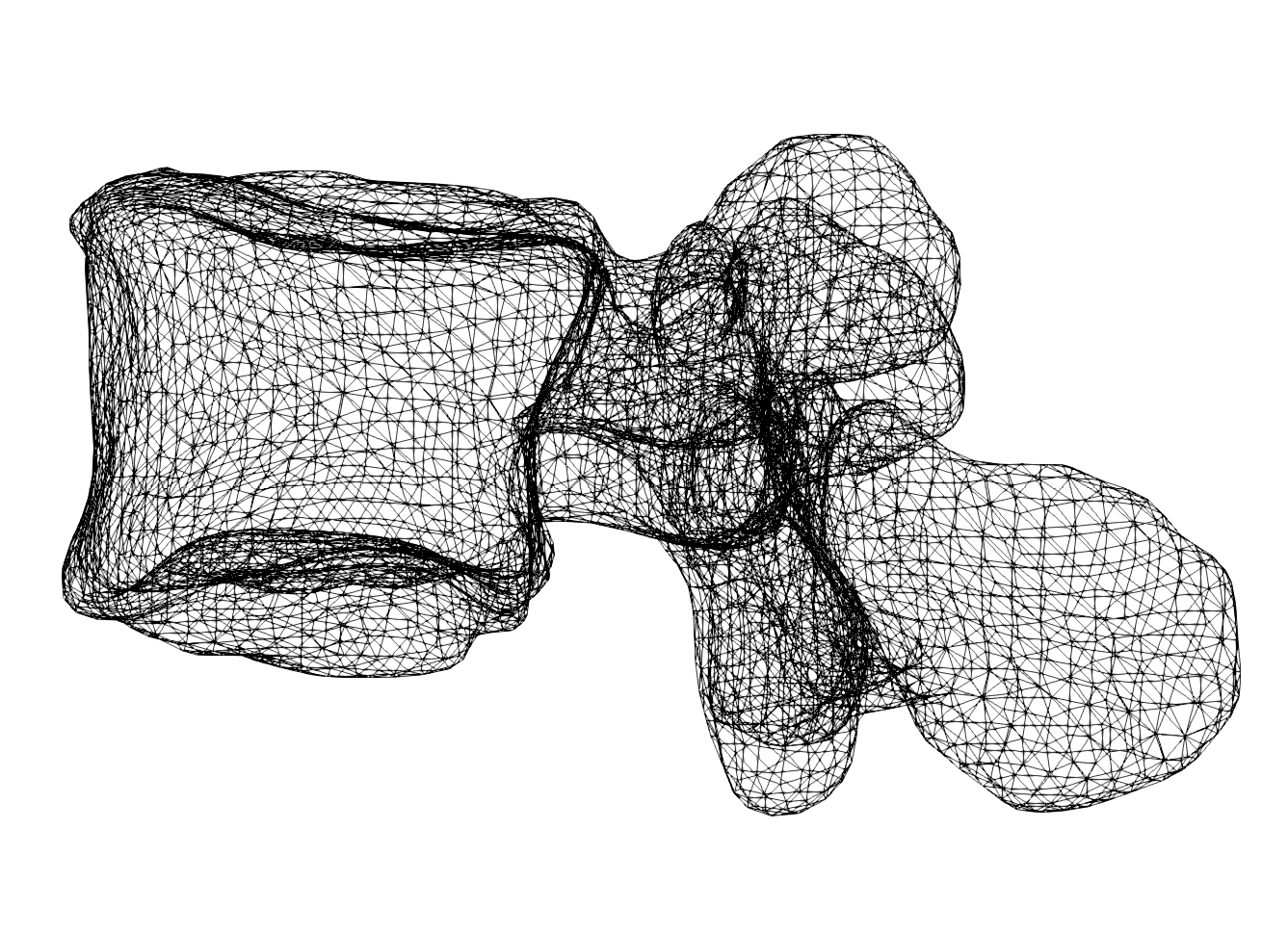Our Aim
Background
Every third woman and every fifth men older than 50 years, will have an osteoporotic fracture during their lifetime [Kanis, J.A., et al., Osteoporos Int, 2000. 11(8): p. 669-74.]. In Europe, osteoporotic fractures are the fourth leading cause of morbidity, after ischemic heart disease, dementia and lung cancer, however before chronic obstructive pulmonary disease and ischemic stroke [Hernlund, E., et al., Arch Osteoporos, 2013. 8: p. 136.]. More information on Epidemiology can be found at the International Osteoporosis Foundation.
Despite available and effective treatment options, more than 97% of soteoporosis-related health care costs are spent for treating fractures (>50 billion €/year in Europe) and only less than 3% for prevention []. This treatment gap (e.g. 91% of patients who should be treated according to current guidelines, do NOT receive appropriate treatment in Germany) is mainly caused by a diagnostic gap [McCloskey E et al (2021) Osteoporos Int 32:251–259]. Thus, many societies advocate a population-based screening programme [Chotiyarnwong P, Arch Osteoporos. 2022 Jun 28;17(1):87.].
BONESCREEN aims to increase screening rates for osteoporosis by utilizing existing imaging data [Löffler MT et al., Eur Radiol. 2021 Aug;31(8):6069-6077., Sollmann N et al., J Bone Miner Res. 2022 Jul;37(7):1287-1296.]
